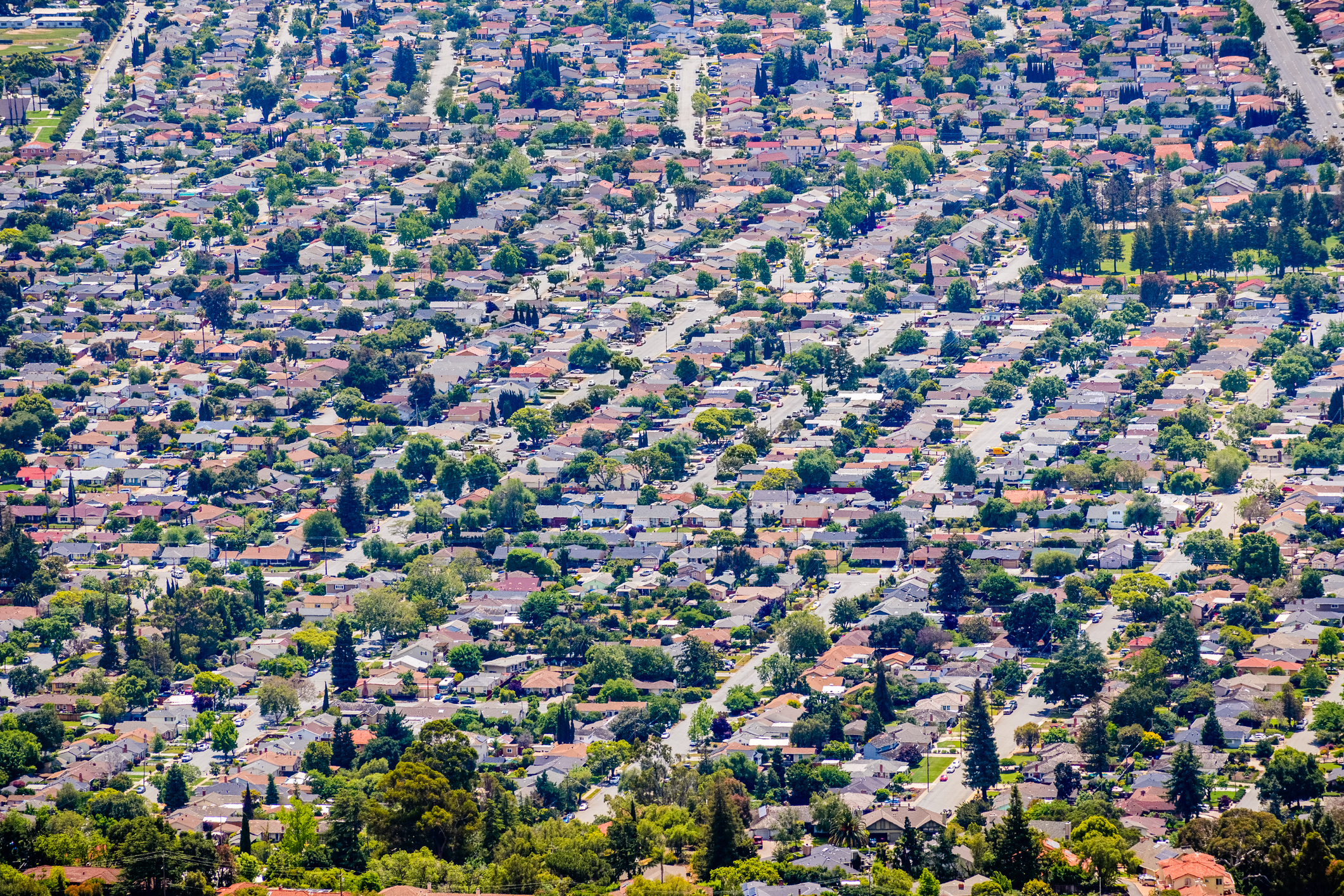To mark Hispanic Heritage Month, which is celebrated Sept. 15- Oct. 15, the Silicon Valley Association of Realtors is highlighting the 2023 Silicon Valley Latino Report Card that the Hispanic Foundation of Silicon Valley publishes every few years to measure how the Latino community in San Mateo and Santa Clara counties is doing in education, health care, housing and other areas.
The results are not good.
Ron Gonzales, president and CEO of the Hispanic Foundation, said this year's Latino Report Card “has too many bad grades, made worse by the past three years of the pandemic, when the Latino community seriously slipped in the wrong direction, particularly in education and housing.”
Housing
Despite higher household incomes, the community has experienced huge setbacks in housing, according to the report.
Less than half of Silicon Valley Latino households surveyed (47%) own homes. The remaining 53% rent their primary residences. Nearly three quarters (73%) of Latino respondents reported spending 30% or more of their household income on housing costs.
The population of Latinos experiencing homelessness has increased substantially since 2013 in both Santa Clara and San Mateo counties. In 2022, Latinos comprised 47% of the estimated 10,028 people experiencing homelessness in Santa Clara County. In San Mateo County, Latinos made up 47% of the estimated 1,808 homeless people.
Latinos face discrimination, residential segregation and barriers to opportunity. Over half (51%) of Latino respondents reported feeling that their race and/or ethnicity has impacted the quality or availability of housing in the county where they live, notably higher than the 27% reported by non-Latino respondents.
“This information is valuable to policymakers and Realtors who support the Latino community’s aspirations for homeownership and a better quality of life in our region," Jim Hamilton, president of the Silicon Valley Association of Realtors, said.
Education and health
The report shows that fewer youth are achieving grade-level proficiency in reading and math compared to five years ago. The good news is Latino household incomes are higher, more Latino high school students are graduating and more are college-ready compared to five years ago.
Latino households, however, have higher rates of illness, levels of stress and social isolation compared to the overall population. This is partly due to more Latinos working in the service and construction industries, who could not work from home during the COVID-19 pandemic.
Multigenerational Latino households also have been more at risk of spreading COVID. In Santa Clara County, Latinos accounted for 30% of the total COVID-19 deaths, and 23% of the COVID-19 deaths in San Mateo County.
The report reveals Latinos represent the third largest racial/ethnic group in Silicon Valley (25%), following Asians (37%) and whites (30%). They comprise 27% of Santa Clara County’s population, and 24% of San Mateo County’s.
Despite comprising 70% of Silicon Valley’s labor force, 72% of Latinos hold low-wage jobs and are underrepresented in higher-paying positions. Lower incomes have meant housing challenges for Latinos in the region, such as the persistent high cost for housing, limited homeownership, and increases in homelessness, exacerbated by the pandemic.
Compared to 2018, higher percentages of Latino respondents reported participating in civic activities in 2023, with the biggest differences found in contacting a local politician from 20% in 2018 to 29% in 2023, and joining a neighborhood group or association from 15% in 2018 to 22% in 2023. More than half (55%) of respondents reported having voted in the last year.
“This year’s Report Card is rich with data that exposes our challenges, but it also identifies specific opportunities to rise to those challenges,” Gonzales said in the report. “This Report Card is a call to action for every school, every employer, and every city hall to recognize the many problems we have found, develop specific remedies, and commit to long-term change with practical policies and investments that will help our Latino community help itself. We can’t afford to wait, and we can’t afford inaction.”
Silicon Valley Association of Realtors (SILVAR) is a professional trade organization representing 5,000 Realtors and affiliate members engaged in the real estate business on the Peninsula and in the South Bay. SILVAR promotes the highest ethical standards of real estate practice, serves as an advocate for homeownership and homeowners, and represents the interests of property owners in Silicon Valley.
The term Realtor is a registered collective membership mark which identifies a real estate professional who is a member of the National Association of Realtors and who subscribes to its strict Code of Ethics.
There's more ...
Looking for more real estate stories? Read Embarcadero Media's latest Real Estate headlines.


Comments